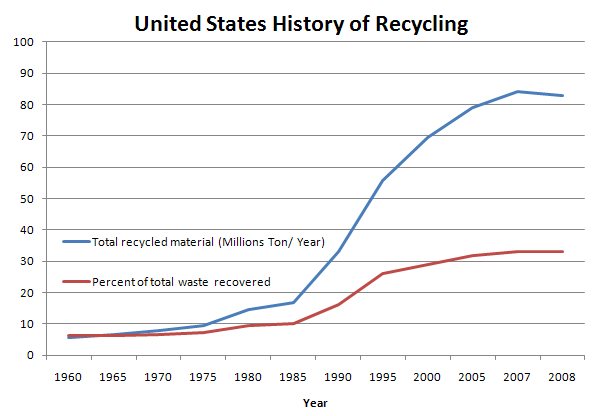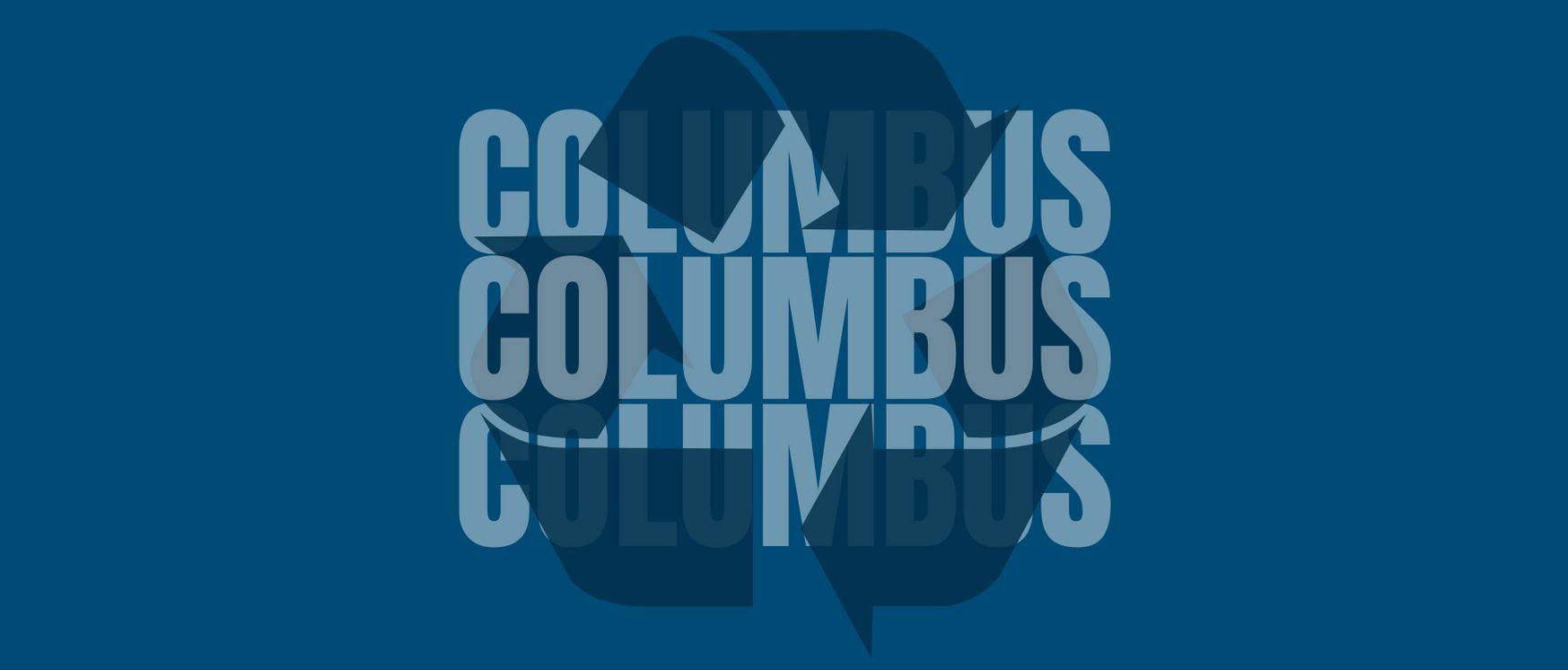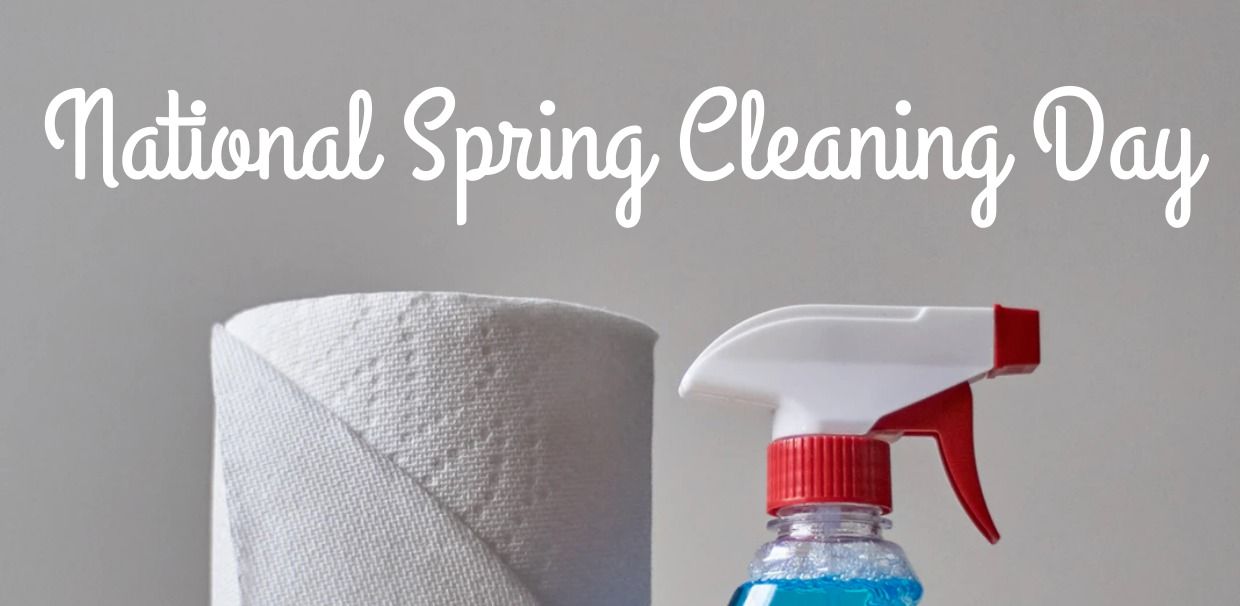With the rise of the environmental conservation movement in the seventies and eighties, the idea of solid waste recycling began to boom across America. As we get farther into the 21st century however, the recycling rate in the United States is starting to back off its exponential path. Bigtime!
The United States is in a Recycling Nationwide Crises
Recently, the CEO of the Waste Management company declared the United States is in a “nationwide crisis” when it comes to recycling. The issue is that recycling in America has become significantly less profitable in the last couple of years with a multitude of factors including the lowering of commodity prices for recycled goods, less foreign demand and the increased cost to recycle material waste. Many waste management companies can’t afford to keep their recycling plants active which has led to many closing all over the United States with the extra recycled materials going straight to the landfill. Residential recycling would still be possible without a public service but citizens would have to take more responsibility in disposing of recyclable waste but would lead to an even steeper drop in recycling rates. While it’s hard to control demand and commodity pricing, the increased cost and difficulty to recycle can actually be derived from new practices in residential recycling.
From “Solid Waste Production”. Tim Casse, Vermont State College
The Recyclables Need to Be Sorted Still.
When cities and waste management companies were trying to get more people to recycle around the turn of the 21st century, the most viable way to increase recycling rates was to make it easier. People were told it was okay to mix material types like cardboard, plastic, and glass and encouraged putting any item that contained recyclable materials into the bin. The issue here is that these materials need to be completely sorted to be recycled and sold as a commodity, or else the product would be seen as tainted (if a unit of paper contains a noticeable amount of glass shards, it can’t be sold until it is re-filtered).
Bigger Bins Means Bigger Recycling Headaches.
Recycling bins in many communities around the country have been getting larger and larger, which isn’t necessarily a bad thing, but it encourages people to “recycle” larger items which contain non-recyclable materials or are just non-recyclable in the first place. With larger bins, many people don’t think they have to break down larger items such as cardboard boxes which costs the recycling plant more money in break-down and filter.

What Can You Do?
All of these issues become financial burdens for waste management companies; which does greater harm considering the current market conditions for recycled waste. As citizens, the best thing to do is learn better recycling practices. This includes:
- knowing if all the items in your recycling bin are completely recyclable,
- breaking down larger items to shorten the process at the plant
- and making sure glass and other easily shattered materials are kept intact when placed in the bin.
Here is what you can recycle in the blue cart Columbus: – Aluminum and steel cans – and lids.
- Flattened cardboard and pizza boxes (free of food and grease).
- Plastic bottles/jugs.
- Newspaper, magazines, catalogs, junk mail, computer paper, cereal and other dry food boxes and phone books.
- Glass bottles and jars.
- Cartons and juice boxes.
Here is What can not go in the blue cart Columbus:
- No trash or yard waste. The blue cart is for recyclables only.
- No plastic bags.
- No hazardous materials, such as oil, pesticides, paints, cleaners or batteries.
- No syringes/needles.
- No Styrofoam.
- No electronics or light bulbs.
- No window glass, mirrors, dinnerware, ceramics or pots and pans.
- No food.
- No buckets or butter tubs.
- No foil juice pouches.
You do not have to sort the recyclables, just put them all in the blue cart. Put all recyclables in the blue cart.
Lids, caps and labels can be kept on recyclable containers.
Do not place dirty recyclables, like un-rinsed jars, in the cart. You could simply wash a jar or used bottle in your dishwasher before you through it in the cart.
For more tips on recycling you can visit Columbus Gov page about Recycling.



